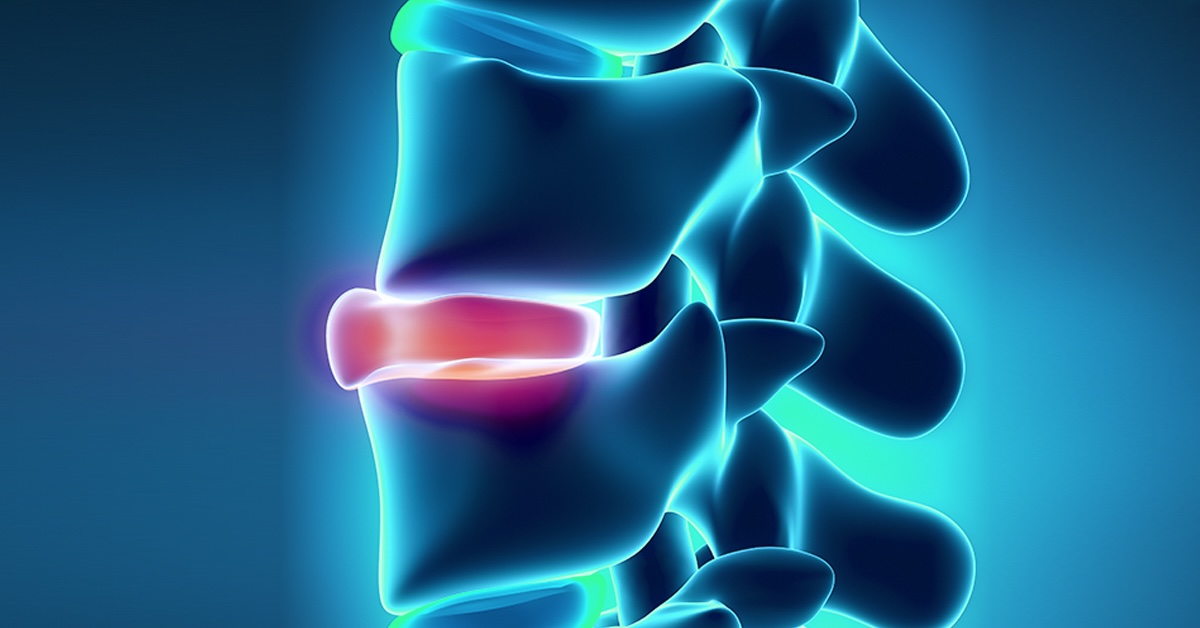
What is a cordotomy? A cordotomy is a surgical procedure where specific nerve fibers in the spinal cord are severed to relieve chronic pain. This technique is often used for patients with severe pain that cannot be managed by other treatments. The goal is to interrupt pain signals traveling to the brain. Cordotomy can be performed using a needle and electrode under imaging guidance or through an open surgical approach. It is typically considered when other pain management strategies have failed. This procedure can provide significant relief, especially for those suffering from cancer-related pain. However, it comes with risks and potential side effects, making it crucial to weigh the benefits against the possible complications.
What is Cordotomy?
Cordotomy, also known as cordotomy, is a surgical procedure aimed at treating chronic pain. This procedure involves cutting specific nerve fibers in the spinal cord to alleviate pain. Here are some intriguing facts about cordotomy:
-
Cordotomy Origin: The term "cordotomy" comes from the Greek words "kordē" (cord) and "tomē" (cutting).
-
Pain Relief: Primarily used for pain relief, cordotomy targets pain that doesn't respond to other treatments.
-
Cancer Pain: Often, cordotomy is performed on patients with severe cancer pain, especially when other pain management methods fail.
-
Spinal Cord: The procedure involves the spinal cord, specifically targeting the spinothalamic tract, which transmits pain and temperature sensations.
-
Selective Cutting: Surgeons selectively cut nerve fibers to interrupt pain signals traveling to the brain.
How Cordotomy is Performed
Understanding how cordotomy is performed can shed light on its effectiveness and risks. Here are some key points about the procedure:
-
Pre-Surgery Imaging: Before the surgery, imaging techniques like MRI or CT scans help locate the exact area to be targeted.
-
Local Anesthesia: The procedure is usually done under local anesthesia, allowing patients to remain awake and communicate with the surgeon.
-
Needle Insertion: A needle is inserted into the spinal cord through the skin, guided by imaging techniques.
-
Electrode Use: An electrode is used to heat and destroy the targeted nerve fibers, effectively cutting them.
-
Duration: The entire procedure typically takes about one to two hours.
Benefits of Cordotomy
Cordotomy offers several benefits, especially for those suffering from chronic pain. Here are some of the advantages:
-
Immediate Relief: Many patients experience immediate pain relief after the procedure.
-
Reduced Medication: Successful cordotomy can reduce or eliminate the need for pain medications.
-
Improved Quality of Life: By alleviating pain, cordotomy can significantly improve a patient's quality of life.
-
Minimal Invasiveness: Compared to other surgical options, cordotomy is minimally invasive.
-
Outpatient Procedure: Often, patients can go home the same day the procedure is performed.
Risks and Complications
Like any surgical procedure, cordotomy comes with its own set of risks and potential complications. Here are some to consider:
-
Infection: There's a risk of infection at the needle insertion site.
-
Bleeding: Bleeding can occur, although it's usually minimal.
-
Weakness: Some patients may experience weakness or numbness in the legs.
-
Bladder Issues: Bladder control problems can arise post-surgery.
-
Recurrence of Pain: In some cases, pain may return after a period of relief.
Who is a Candidate for Cordotomy?
Not everyone with chronic pain is a candidate for cordotomy. Here are some criteria that make someone a suitable candidate:
-
Severe Pain: Candidates typically suffer from severe, intractable pain.
-
Cancer Patients: Those with terminal cancer and severe pain are often considered.
-
Non-Responsive to Medications: Patients who do not respond to pain medications may be eligible.
-
Localized Pain: The pain should be localized to one side of the body.
-
Good Health: Candidates should be in relatively good health aside from their pain condition.
Post-Surgery Care
After undergoing cordotomy, proper post-surgery care is crucial for recovery. Here are some aspects of post-surgery care:
-
Monitoring: Patients are closely monitored for any immediate complications.
-
Pain Management: Pain management continues, although it may be significantly reduced.
-
Physical Therapy: Some patients may require physical therapy to regain strength and mobility.
-
Follow-Up Appointments: Regular follow-up appointments ensure the procedure's success and address any issues.
-
Lifestyle Adjustments: Patients may need to make lifestyle adjustments to accommodate their new pain-free state.
Final Thoughts on Cordotomy
Cordotomy offers a significant option for those suffering from chronic pain, especially when other treatments fall short. This procedure, targeting specific nerves in the spinal cord, can bring much-needed relief. While it’s not without risks, the potential benefits often outweigh the downsides for many patients. Understanding the procedure, its benefits, and possible complications helps in making an informed decision. Always consult with a healthcare professional to see if cordotomy is the right choice for your situation. With advancements in medical technology, this procedure continues to evolve, offering hope to many. If you or a loved one struggles with chronic pain, exploring cordotomy might be a step towards a more comfortable life. Stay informed, ask questions, and weigh your options carefully. Pain relief could be closer than you think.
Was this page helpful?
Our commitment to delivering trustworthy and engaging content is at the heart of what we do. Each fact on our site is contributed by real users like you, bringing a wealth of diverse insights and information. To ensure the highest standards of accuracy and reliability, our dedicated editors meticulously review each submission. This process guarantees that the facts we share are not only fascinating but also credible. Trust in our commitment to quality and authenticity as you explore and learn with us.
